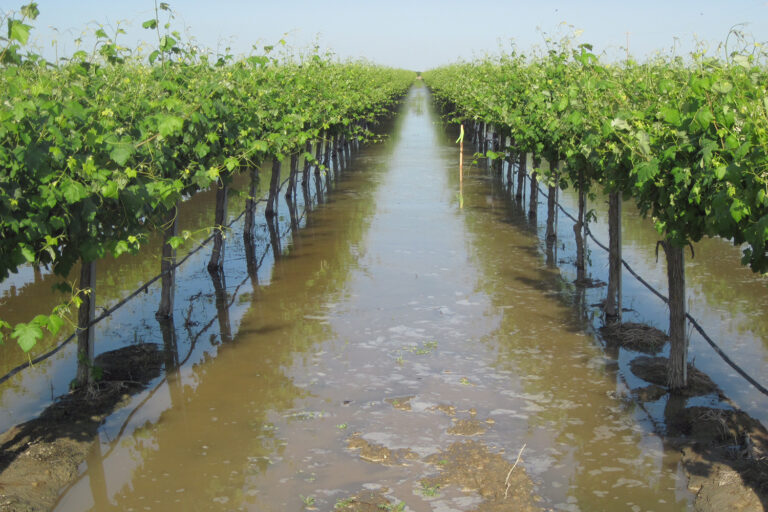Using a new computer framework, scientists from Stanford University have been able to project future floodwaters under a changing climate. According to the university, the approach could help California water managers plan for and redirect floodwaters toward groundwater aquifers, alleviating both flood and drought risks.
The Standford-led study, Climate-informed hydrologic modeling and policy typology to guide managed aquifer recharge, also identifies areas where investments in California’s aging water infrastructure could amplify groundwater recharge.
“This is the first comprehensive assessment of floodwater recharge potential in California under climate change,” said study lead author Xiaogang He, an assistant professor in civil and environmental engineering at the National University of Singapore who pursued the research as a postdoctoral fellow at Stanford’s Program on Water in the West.
As climate change intensifies the severity and frequency of extreme weather events, amplifying refill rates could help California reach a more balanced groundwater budget, according to the study. One practice, called water banking or managed aquifer recharge, involves augmenting surface infrastructure, such as reservoirs or pipelines, with underground infrastructure, such as aquifers and wells, to increase the transfer of floodwater for storage in groundwater basins.
“Integrating managed aquifer recharge with floodwaters into already complex water management infrastructure offers many benefits, but requires careful consideration of uncertainties and constraints. Our growing understanding of climate change makes this an opportune time to examine the potential for these benefits,” said senior author David Freyberg, an associate professor of civil and environmental engineering at Stanford.
The researchers designed a framework to estimate future floodwater availability across the state. Developing a hybrid computer model using hydrologic and climate simulations and statistical tools, the team calculated water available for recharge under different climate change scenarios through to 2090. They also identified areas where infrastructure investments should be prioritized to tap floodwater potential and increase recharge.
The team found California will experience increased floodwater from both heavier rain patterns and earlier snowmelt due to warmer temperatures, under a narrowing window of concentrated wet weather. In particular, the Sacramento River and North Coast, along with the northern and central Sierra Nevada region, will see more substantial floodwater volumes.
Future projections find unchanging or in some cases even drier conditions in Southern California. This widening divide is bad news for the region, which currently has greater groundwater depletion and recharge needs than its northern counterpart. This mismatch of water abundance and need reveals a profound challenge for recharge practices, in terms of moving high volumes of water from where it will be available in Northern California to where it will be needed southward.
The study’s framework is adaptable and scalable for managing drought, flood and depleted groundwater aquifers worldwide. “At the global scale only 1% of groundwater recharge occurs from managed aquifer recharge,” Freyberg added. “This work can be applied to help other depleted aquifers, such as the North China Plain or India’s Upper Ganges, reach and maintain sustainable groundwater levels.”



